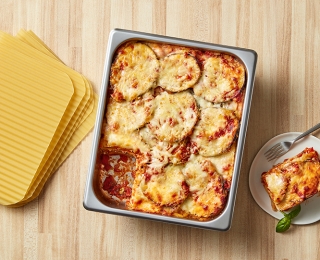
Classics Reimagined
30 December 2021Five chefs describe their methods of updating classic dishes and advise culinary students learning the art of innovation.
By Lisa Parrish, GMC Editor
Feedback & comments: This email address is being protected from spambots. You need JavaScript enabled to view it.
Applications that are considered “classic” are popular and contain specific, expected ingredients. The dish’s flavor will be easily recognizable. If a U.S. diner was asked to name lasagna’s ingredients, the typical response would include wide pasta noodles, red sauce, cheese and possibly meat. And, that same person might describe the dish as rich and heavy.
But classics do not have to be so restricted by the traditional definitions that they become predictable and unchanging. This is where a chef’s creativity, knowledge of history, flavors and ingredients, and cooking intuition can take something expected and turn it into an unexpected, delicious dish.
Keep reading to discover how five chefs updated classic versions of risotto, cheese chilaquiles, eggs Benedict and lasagna as well as their advice to culinary students who are learning the art of innovation. You will also find a note about the American version of lasagna describing the proper use of the word lasagna/lasagne and a brief history of the noodle.
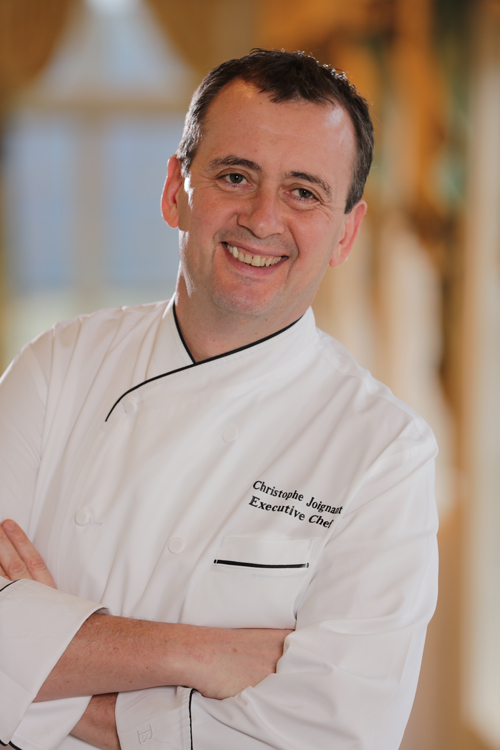 Christophe Joignant, MCF
Christophe Joignant, MCF
Executive Chef, Capital City Club (Atlanta)
Dish: Gourmet Mushroom Risotto with Dairy Free Garlic & Herbs Boursin Cheese
Why did you select this classic recipe to change?
I wanted to update our menu with items that had a much larger appeal to a more allergy and health conscience audience. This also eliminates the need to have substitutions available.
Why did you make the changes?
The vegan garlic and herb Boursin has a great texture that mimics finishing the risotto with whipped cream and parmesan cheese. This allows us to keep the same great mouthfeel and flavors without putting anyone with a dairy allergy at risk.
Was there any personal inspiration influencing your choices?
My cooking foundation is in classic French technique, so I wanted to make something true to my background and update it for the modern client. There are so many dietary restrictions that we must keep up with but do not want to sacrifice flavor or product quality.
What advice would you give to culinary students when teaching how to innovate traditional recipes?
Keep the heart of the dish as true as possible while you manipulate and innovate it. People are often open to change as long as it is presented to them in a somewhat familiar way.
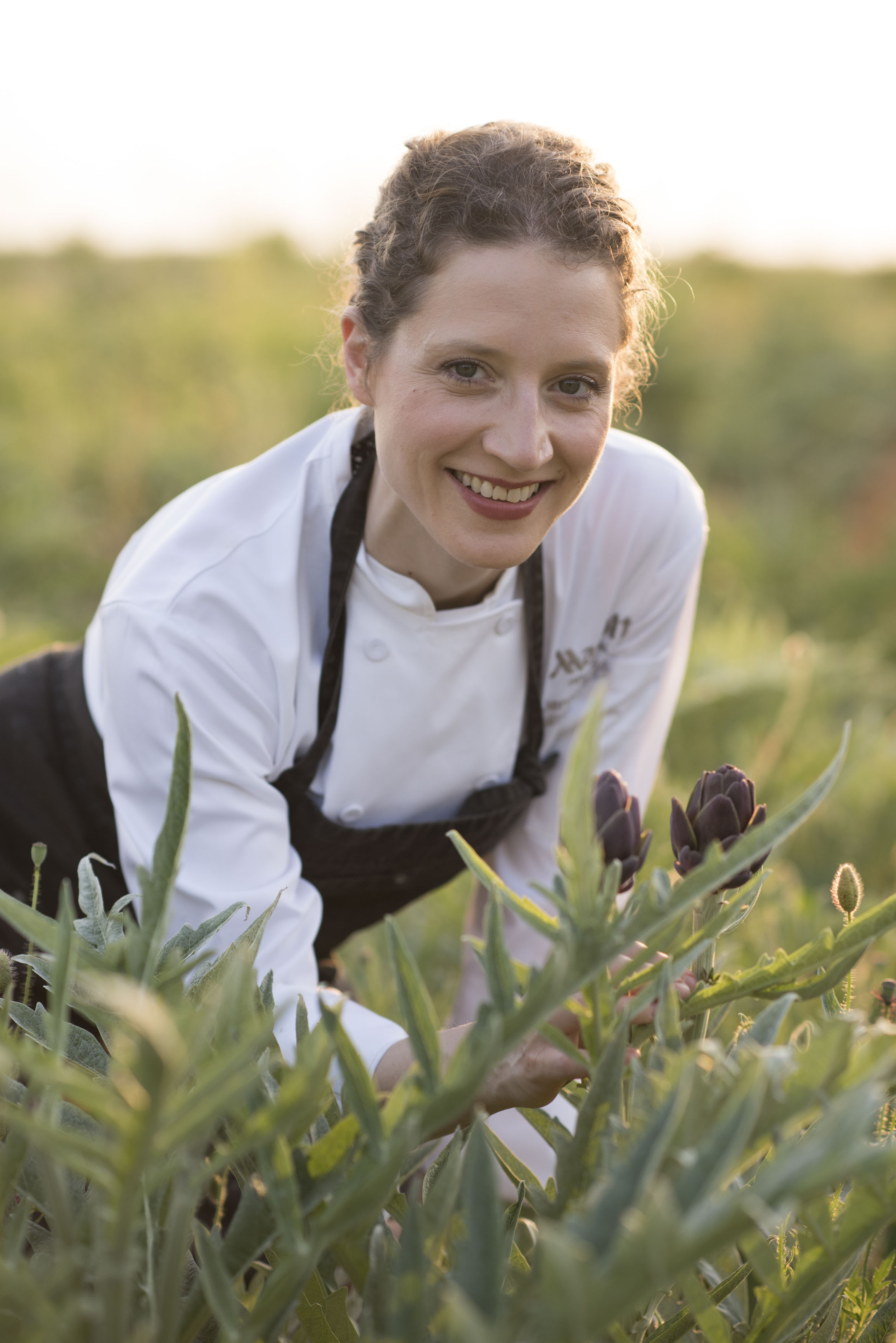
Senior Manager Culinary Luxury, Marriott
Dish: Price*s® Pimiento Cheese Chilaquiles
Why did you select this classic recipe to change?
The bold and tangy flavors in this dish are exciting and irresistible yet seem accessible and comforting all at once.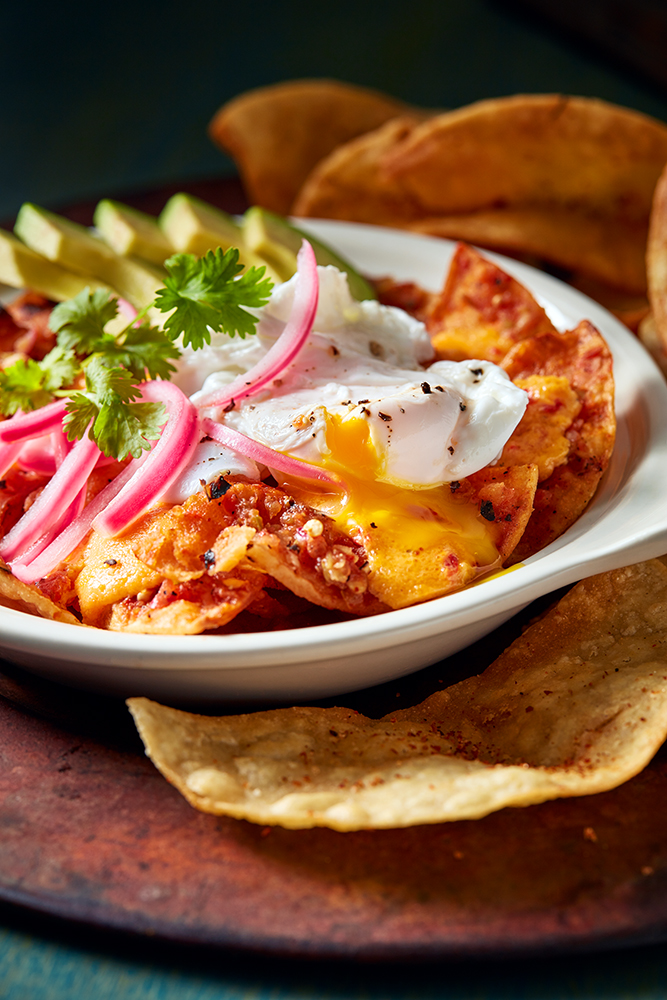
Why did you make the changes?
The richness of the lamb plays as an excellent counterpoint to the tangy Tinga tomato sauce. On the other side of the coin, the smokey chipotle harmonizes with the earthiness of the lamb.
Was there any personal inspiration influencing your choices?
The flavors of Mexico have always spoken to me and influenced my identity as a culinarian. I had the opportunity to travel in Mexico extensively early in my career. Working with a chef in Oaxaca, I grew a deep love for the myriad of cuisines and cultures from Mexico.
What advice would you give to culinary students when teaching how to innovate traditional recipes?
Learn the basics and gather insights around the region and history of the dish. Once the foundation is built, variations will naturally start to materialize.
 Olivier Desaintmartin, MCF
Olivier Desaintmartin, MCF
Chef/Owner, Caribou Café (Philadelphia)
Dish: Eggs Benedict with Asparagus and Price*s® Pimiento Cheese Hollandaise SauceEggs Benedict with Asparagus and Price*s® Pimiento Cheese Hollandaise Sauce
Why did you select this classic recipe to change?
Classics will never disappear if you adjust them to contemporary tastes and lifestyles. This is just one of them.
Why did you make the changes?
For this specific dish, I wanted to make a great vegetarian brunch item that was colorful with a lighter version of the Hollandaise sauce but also had a zing. The sauce is finished with chopped red pepper for taste and acidity, a little bit of grated cheese and cream for texture and a pinch of cayenne for balance.
Was there any personal inspiration influencing your choices?
Hollandaise sauce is the secret of a good eggs Benedict along with the cooking process of the egg. Often the Hollandaise sauce is too thick, gluey or tasteless and the egg is under- or over-cooked. One of my favorite summer salads is asparagus with red pepper dressing and chopped hard boiled eggs. This is the same idea. When you break the egg, the sauce will spread onto the asparagus and the crispy muffin. There are different textures in one mouthful.
What advice would you give to culinary students when teaching how to innovate traditional recipes?
Respect the basics and understand what you’re cooking. Stay aware of the trends and customer demands and when you innovate – stay simple.
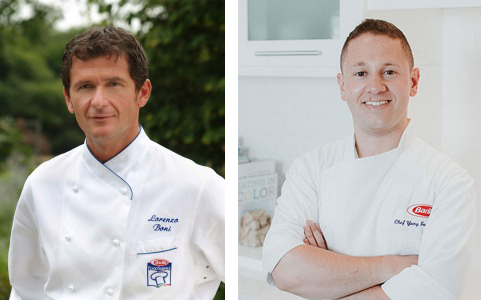 Chefs Lorenzo Boni and Yury
Chefs Lorenzo Boni and Yury
Barilla America Executive Foodservice Chefs
Dish: Eggplant Parmesan Lasagne
Lasagne/Lasagna Note: Broad, flat lasagne noodles are derived from one of the first pasta shapes, which some historians believe was named after a special cooking pot called the “lasanum” from Roman times. Lasagne is the plural noun for the lasagna (singular) noodle. As a result, in Italy the dish lasagne is always spelled with an ‘e’. Unless you’re talking about just one piece of the pasta, you should always spell it with an ‘e.’ Traditional lasagnes are made all over Italy, almost always with bechamel, and take on all manner of different flavors and presentations based on where it’s from.
Why did you select this classic recipe to change? 
What we know as the classic meat lasagna – which is almost the only one you find on the menu here in the U.S. – is actually an indulgent version of just one lasagne from the Emilia-Romagna region in Italy.
Why did you make the changes?
Going back to the original lasagne, eschewing the heavy ricotta and meat sauce opens up so many flavor possibilities and makes for a lighter dish that gives up none of its craveable comfort-food appeal. In Italy, you’ll find seafood lasagne with saffron, plant-forward versions with roasted vegetables and mushrooms, pestos, and so many more.
Was there any personal inspiration influencing your choices?
This dish is a coming together of two of Yury’s favorite Italian classics – eggplant parmesan and lasagne. There’s so much umami flavor here, and you really don’t miss the animal protein. It presents beautifully.
What advice would you give to culinary students when teaching how to innovate traditional recipes?
It’s always worth researching to learn the origins of classic dishes. You’ll often discover the reasons behind culinary choices that were made centuries ago, find inspiration to keep their integrity, and also bring them into a more modern approach. That also means looking for ways to make classic dishes look more appealing – back when these dishes were created, they weren’t thinking about Instagram.
